Introducing the Typekit pop-up library
Today we’re excited to announce the Typekit pop-up library, which is making its debut this week at Brooklyn Beta. If you’re here at the conference and need a break from the bustling crowd, we’ve designed this library to be a unique space to relax a bit and get inspired.
Books are a timeless source of inspiration, education, and influence for the work we do—not only do we respect their content, but also the craftsmanship behind the physical objects. Typekit’s pop-up library is a growing collection of design-centric books—currently numbering around 65 titles—carefully selected by members of the Typekit team. We recommended these because they continue to be useful in our work, and in many cases have even earned a spot on our shelves at home.
Conferences are great for meeting people in person. Meet some of your favorite books in person, too! The library is set up on the mezzanine level at Brooklyn Beta all day, along with some treats from Ovenly Bakery and Bedford Cheese Shop. Stop by to look through a book, enjoy a snack, and say hello to Typekit team members.
For those of you who can not be with us at Brooklyn Beta today and would like to check out the books we brought, here’s the complete list. We picked out 16 of our favorites and wrote a note about what we like most about it. Maybe you’ll find some titles here that can help you in your work too.
Staff Favorites:
Anatomy of a Typeface by Alexander Lawson
Another cherished overview of type, arranged as a kind of tour through styles and history. Chapter by chapter, it explores type from its beginning up to the 20th century. This is another book I read from beginning to end. It’s also carefully designed and a pleasure to look at and hold. — Christopher Slye
The Anatomy of Type by Stephen Coles
Drawing on his vast knowledge of typefaces and keen eye for subtle details, Stephen Coles coaches readers through a collection of simple, striking type samples—highlighting the features that make the typefaces noteworthy, and making suggestions about how each can best be used. — Tim Brown
An Atlas of Typeforms by James Sutton & Alan Bartram
This is an excellent visual overview of movable type as it has evolved over its history. The large format provides enough space to generously cover numerous examples from every significant typographic period. By presenting identical specimens for a variety of similar typefaces, you can easily see and compare their differences. — Christopher Slye
Creative Characters (The MyFonts interviews, vol. 1) by Jan Middendorp
A superb collection of the interviews conducted with type designers for the MyFonts email newsletter. The interviews are so thorough that they absolutely deserved a medium more permanent than email, and this book is that answer. — Elliot Jay Stocks
Hermann Zapf’s Manuale Typographicum by Hermann Zapf
The great type designer and typographer Hermann Zapf designed this book as a celebration of type and typography, as well as a nod to Giambattista Bodoni’s Manuale Tipografico. Each page shows a simple, elegant design, demonstrating the typeface and its function. And like most everything, most of the pages can now be found online. — Ben Trissel
Inside Paragraphs by Cyrus Highsmith
Cyrus Highsmith’s brief book about the basics of typography, with delightful illustrations and no wasted words. The parts about white space are especially great, with useful terms like “glyph space” and handy volumetric comparisons. Simple and enjoyable, yet weighty with wisdom. — Tim Brown
Lettering and Type by Bruce Willen & Nolen Strals
A great primer for the budding typography enthusiast and an excellent reference manual for the more discerning typographer, Post Typography’s book is both educational and visually stimulating—perfect for the coffee table. — Elliot Jay Stocks
Letters of Credit by Walter Tracy
When I was first learning about type, this book was an intelligent and readable resource which covered, all at once, the technology, craft, history of type—and some of its best designers. It’s the kind of book you can read cover-to-cover (and I did). Walter Tracy’s writing is always friendly and approachable. Very much a predecessor in spirit to the better-known Elements of Typographic Style, it was one of the first several books that got me hooked on type. — Christopher Slye
Stop Stealing Sheep by Erik Spiekermann
Something of a typography bible from the highly-regarded and highly-opinionated Erik Spiekermann, using real-world examples—human faces, physical spaces, music, etc.—as metaphors for a deeper understanding of type’s ability to elicit deeply emotional responses in the reader. — Elliot Jay Stocks
The Elements of Dynamic Symmetry by Jay Hambidge
Jay Hembidge spent years studying and analyzing classic art and architecture. From his research, he cataloged the types of proportional systems used in the creation of buildings, books and various artifacts. A fantastic resource for designers frustrated with the blank canvas or blank page. — Ben Trissel
The Elements of Typographic Style by Robert Bringhurst
From specimens, to symbols, to history and harmony, Robert Bringhurst explains the art and craft of typography like none other. If you buy one book about typography, make it this one. It was my own introduction to the field, and remains a reliable desk reference. — Tim Brown
The Ten Commandments of Typography by Paul Felton
This fun and informal book, divided into “good” and “bad” halves, takes an often-humorous look at the dos and don’ts of typography and presents them in an engaging style. — Elliot Jay Stocks
Typefaces for Books by James Sutton & Alan Bartram
A straightforward book of text type specimens, with some interesting introductory notes. This is one of my favorite specimen books because of the quantity of typefaces shown and the extensive text specimens. The book’s British origin means some faces lesser-known to US readers are included. — Christopher Slye
Typographic Quest by West Virginia Pulp and Paper Co.
WestVaCo commissioned this “inspirational” series as a method of showcasing their papers. The math was simple: pair exciting design with WestVaCo papers, and give the results to customers, who will in turn buy more paper. Each issue is about 28 pages in length and covers a specific aspect of typography: size, weight, structure, form, texture, color, and direction. — Ben Trissel
Typography Sketchbooks by Steven Heller & Lita Talarico
Glimpse into the rarely-seen sketchbooks of the world’s most respected designers in this behind-the-scenes book that provides healthy doses of inspiration and celebrates the power of these hand-drawn ideas. — Elliot Jay Stocks
U&lc Influencing Design and Typography by John Berry
Because so much of modern design and production happened in this magazine. If you were a designer in the 70’s and 80’s, U&lc was a constant in your studio. A product of Herb Lubalin and International Type Corporation, every issue featured fantastic spec sheets and Herb Lubalin’s signature style. Fonts.com has made a lot of the U&lc archives available in low-res pdf. — Ben Trissel
A Tally of Types by Stanley Morison
Content Strategy for Mobile by Karen McGrane
Designing for Emotion by Aarron Walter
Designing with the Mind in Mind by Jeff Johnson
Design is A Job by Mike Monteiro
Digital Typography by Donald E. Knuth
Don’t Make Me Think by Steve Krug
Dot-font – Talking About Fonts by John D. Berry
Envisioning Information by Edward R. Tufte
Finer Points in the Spacing and Arrangement of Type by Goeffrey Dowding
Frederic Goudy by D.J.R. Bruckner
Graphic Design, Referenced: A Visual Guide to the Language, Applications, and History of Graphic Design by Bryony Gomez-Palacio & Armin Vit
Graphic Design: The New Basics by Ellen Lupton
Helvetica and the New York City Subway System by Paul Shaw
Jan Tschichold: Typographer by Ruari McLean
Language Culture Type: International Type Design in the Age of Unicode by John D. Berry (Ed.)
Made with FontFont by Jan Middendorp & Erik Spiekermann
Mobile First by Luke Wroblewski
On Book Design by Richard Hendel
Revival of the Fittest – Digital Versions of Classic Typefaces by Philip B. Meggs (Ed.)
The Anatomy of Type by Stephen Coles
The Design of Everyday Things by Donald A. Norman
The Elements of Content Strategy by Erin Kissane
The Elements of User Experience by Jesse James Garrett
The Form of the Book by Jan Tschichold
The Fundamentals of Typography by Gavin Ambrose & Paul Harris
The Humane Interface by Jef Raskin
The Inmates Are Running the Asylum by Alan Cooper
The Thames and Hudson Manual of Typography by Ruari McLean
The Typographic Desk Reference by Theodore Rosendorf
The Visual Display of Quantitative Information by Edward R. Tufte
Twentieth Century Type Designers by Sebastian Carter
Twenty-Two Tips on Typography by Enric Jardi
Typographers on Type by Ruari McLean (Ed.)
Universal Methods of Design by Bella Martin & Bruce Hanington
Universal Principles of Design by William Lidwell, Kritina Holden, & Jill Butler
If you think Typekit’s pop-up library would be a good fit for your event, please get in touch with us through support@typekit.com. We are also looking for more books to add to our library and would like to hear your suggestions.
One Response
Comments are closed.
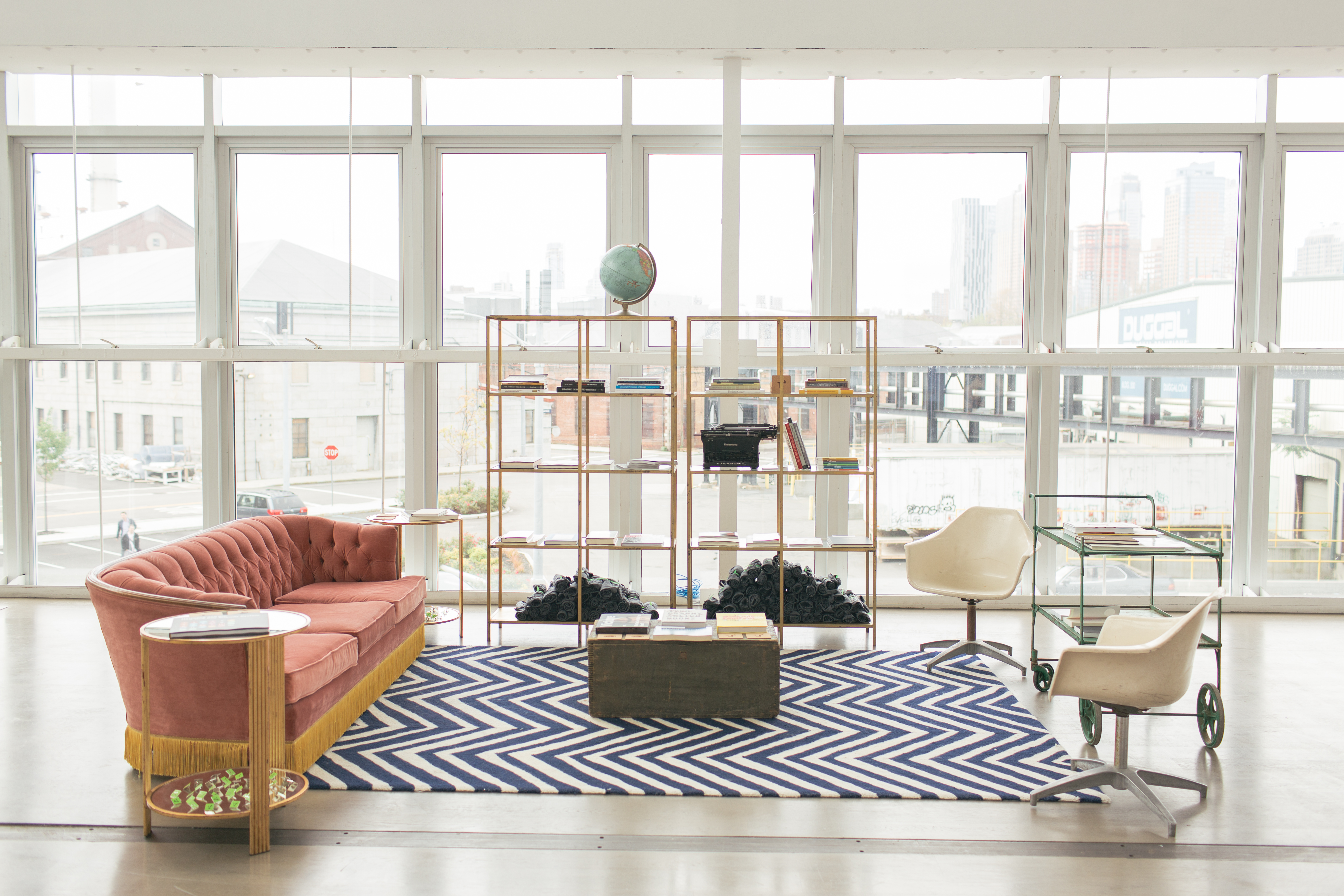
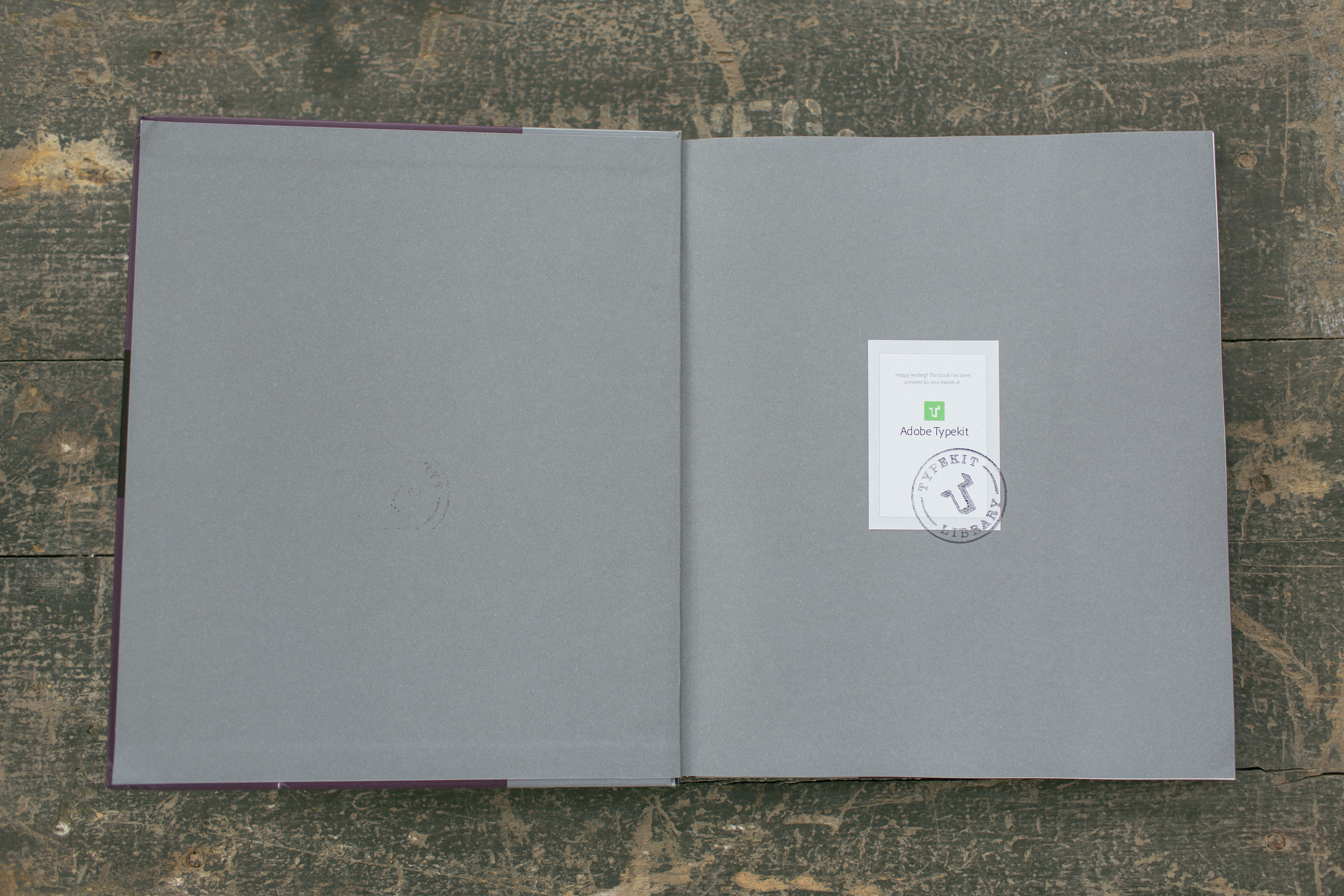
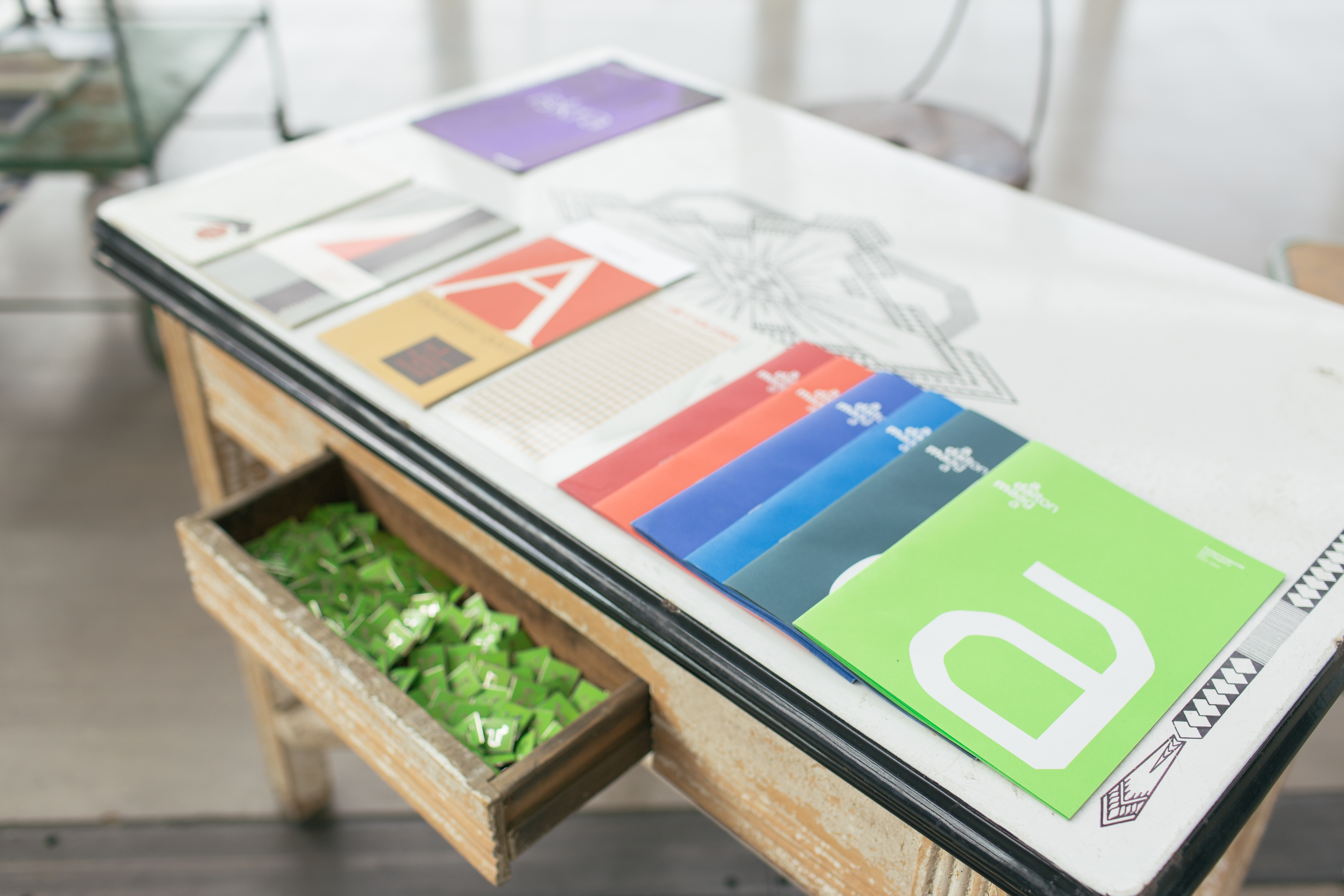
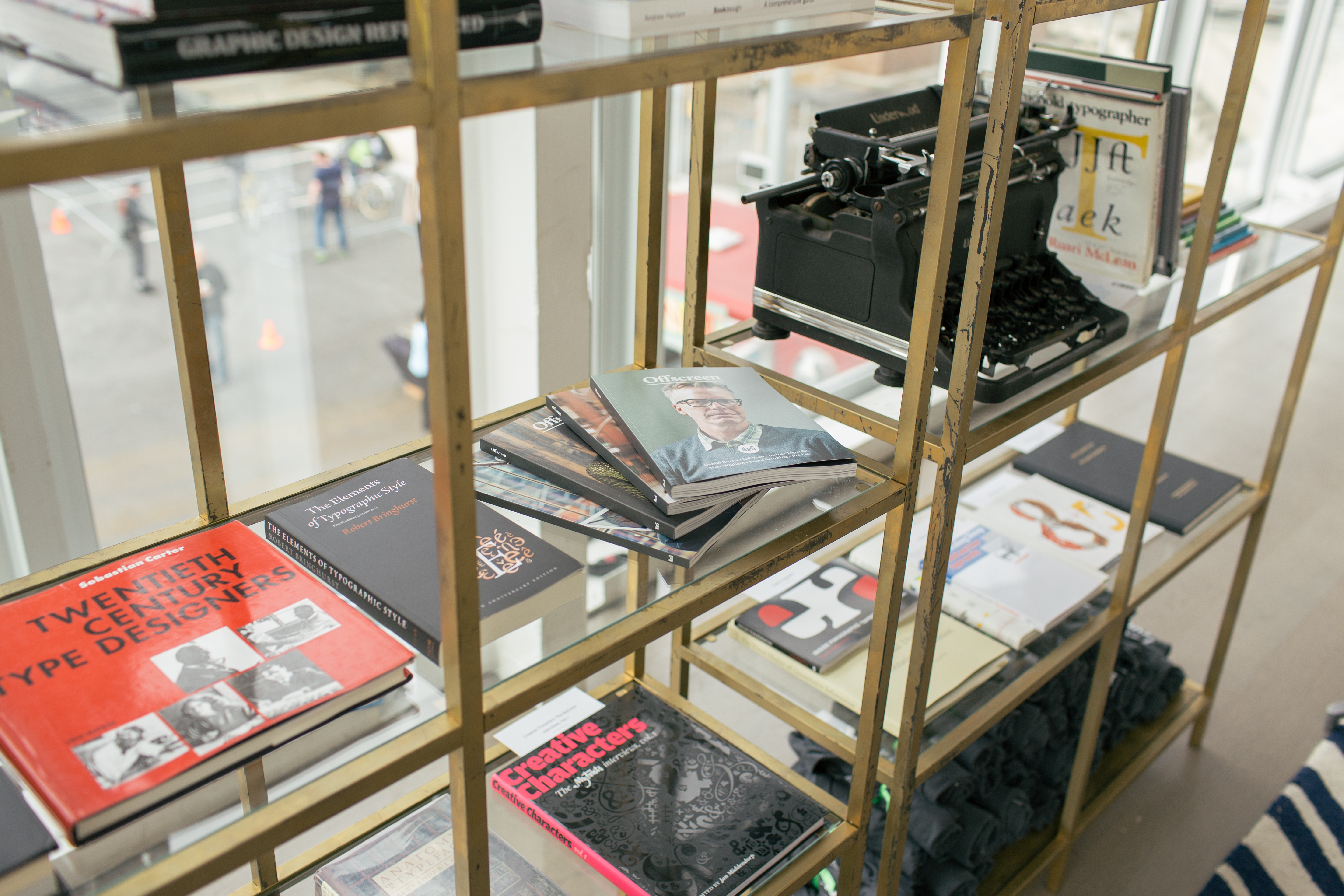
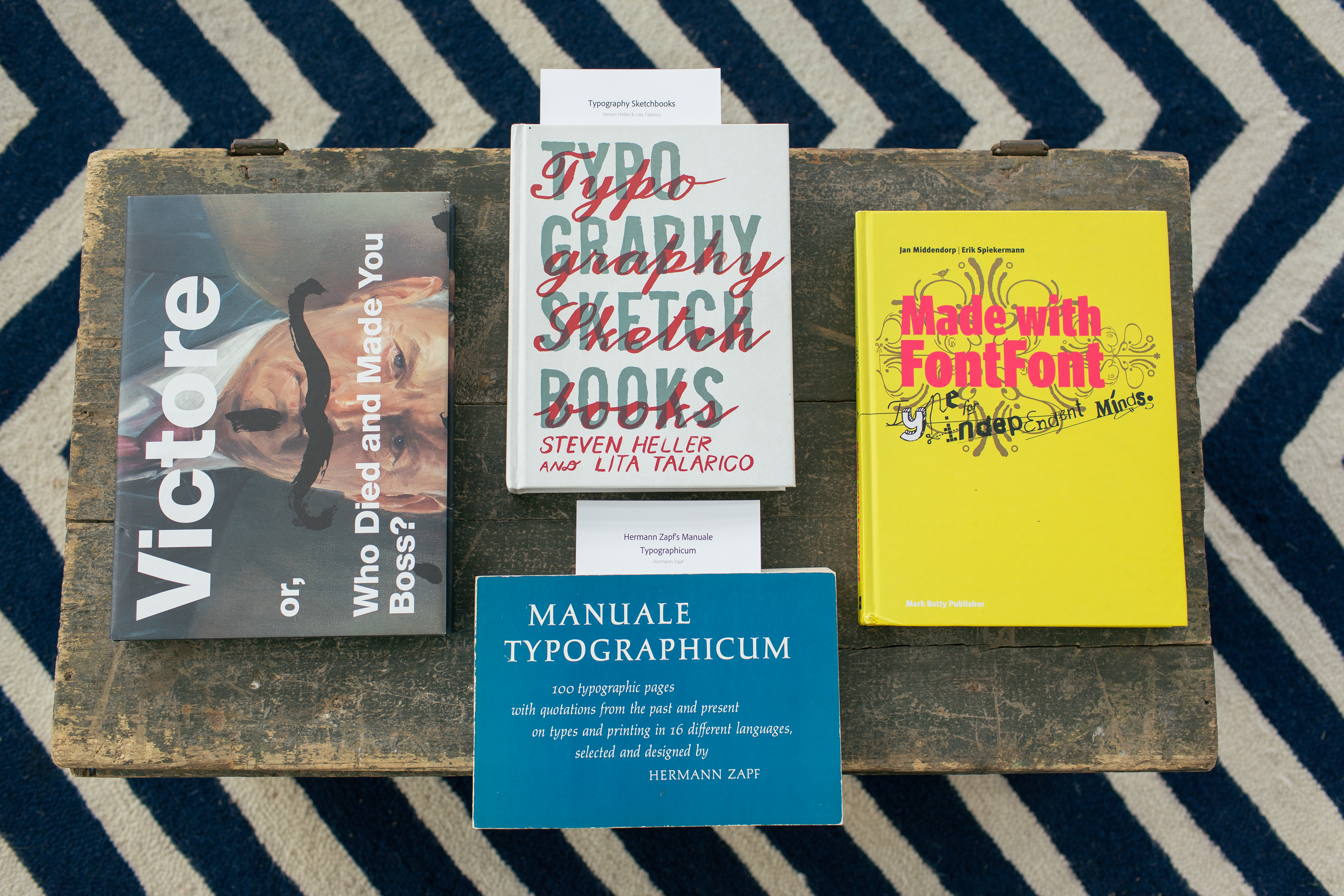
We’re really looking forward to seeing the pop-up library at Ampersand NYC too! Great idea guys.